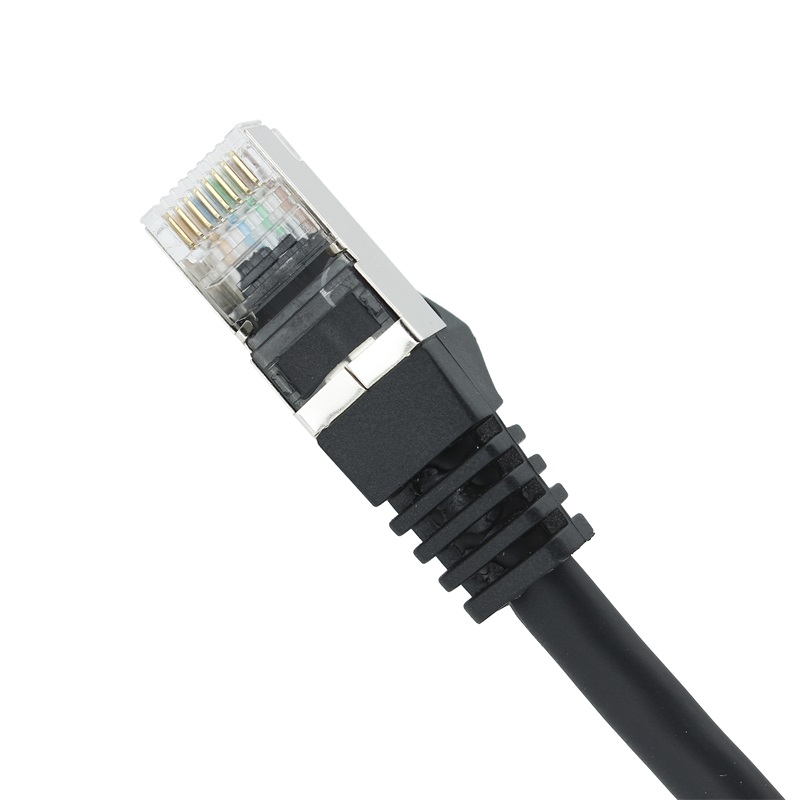When it comes to networking, the terms Cat5e patch cord and Ethernet cable are often used interchangeably. However, while they share a common purpose, there are some key differences between the two. In this article, we will explore the distinctions and similarities, providing you with a comprehensive understanding of Cat5e patch cords and Ethernet cables.
1. Definition and Purpose
A Cat5e patch cord refers to a specific type of cable that is used to connect a network device, such as a computer or a printer, to a network switch or router. It is primarily employed for short distance connections within a local area network (LAN). On the other hand, Ethernet cable is a broad term that encompasses various cables used for Ethernet networking, including Cat5e patch cords.
2. Cable Construction
Cat5e patch cords are constructed using twisted pairs of copper wires insulated with a plastic sheath. They typically feature eight color-coded wires encased in an outer jacket. In contrast, Ethernet cables can be made using different types of conductors, including copper, fiber optic, or coaxial cables. The construction of an Ethernet cable can vary depending on the intended application and the specific category of the cable.
3. Transmission Speed and Performance
Both Cat5e patch cords and Ethernet cables are capable of supporting speeds up to 1 Gbps (Gigabit per second), making them suitable for most home and small business networks. However, higher categories of Ethernet cables, such as Cat6 or Cat6a, offer greater bandwidth and can support faster speeds and better performance over longer distances compared to Cat5e.
4. Length Limitations
Cat5e patch cords are typically limited to a maximum length of 100 meters (328 feet) for optimal performance. Beyond this length, signal degradation may occur. Ethernet cables, depending on the category and quality, can support longer distances. For instance, Cat6 cables can transmit data reliably up to 55 meters (180 feet) without significant loss of signal quality.

5. Flexibility and Durability
Generally, Cat5e patch cords are more flexible and thinner compared to other Ethernet cables due to their construction. This makes them easier to route and install in tight spaces. However, this design also makes them less durable and more prone to damage. Ethernet cables, especially those with thicker insulation and additional shielding, tend to be more robust and suitable for long-term installations or places with higher chances of physical stress or interference.
6. Cost and Availability
Due to their widespread use and popularity, Cat5e patch cords are readily available and more cost-effective compared to higher category Ethernet cables. They are often the go-to choice for basic networking requirements. On the other hand, Ethernet cables of higher categories, such as Cat6 or Cat6a, tend to be slightly more expensive but offer enhanced performance and future-proofing for rapidly evolving network demands.
In conclusion, while Cat5e patch cords fall under the broad category of Ethernet cables, they are not the only type available. Although they serve similar purposes and can often be used interchangeably in specific scenarios, it is essential to understand the distinctions between them. Factors like transmission speed, length limitations, durability, and cost should be considered when selecting the appropriate cable for your networking needs.Cat5e patch cords are just one type of Ethernet cable, with their specific characteristics and limitations. By understanding these differences, you can make informed decisions and ensure optimal performance for your network infrastructure.


